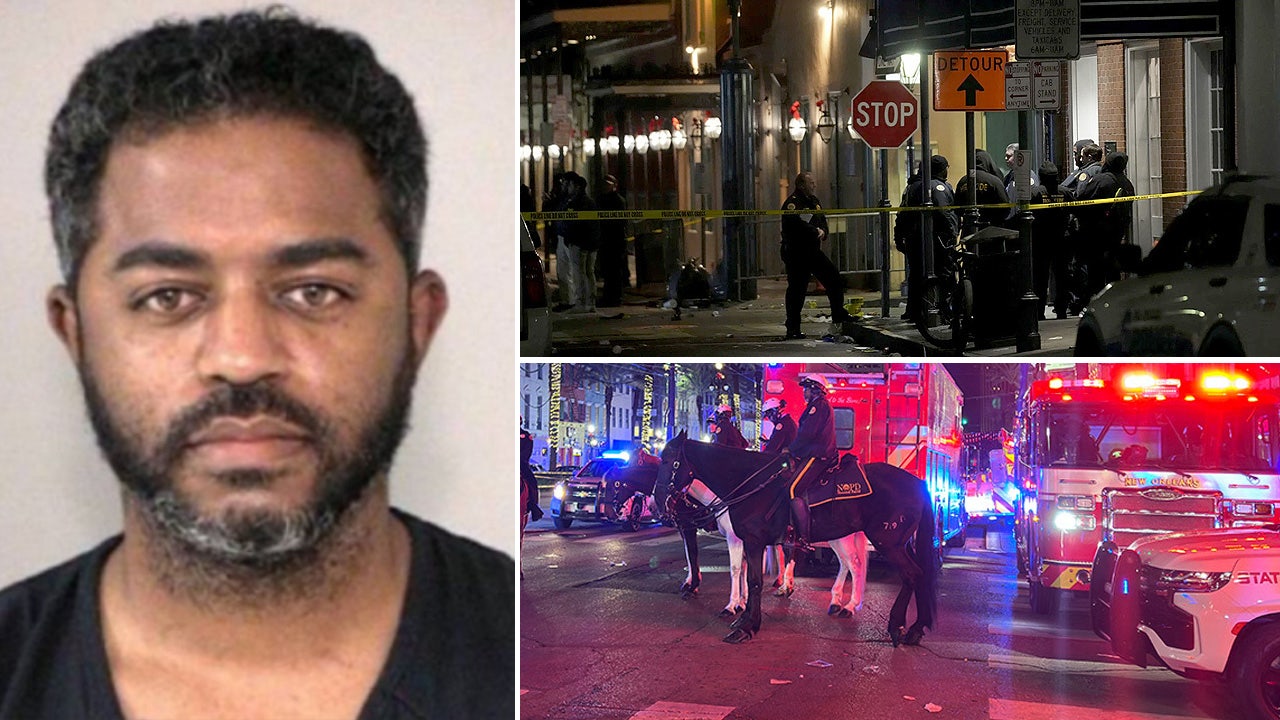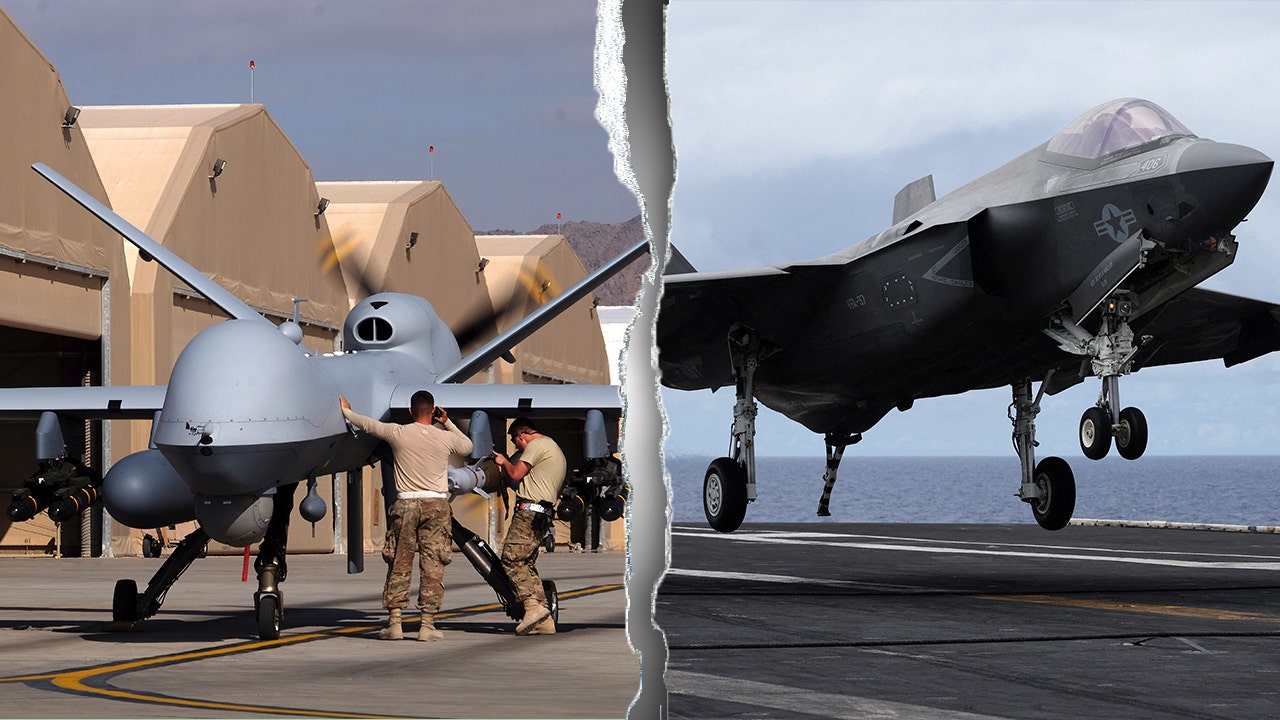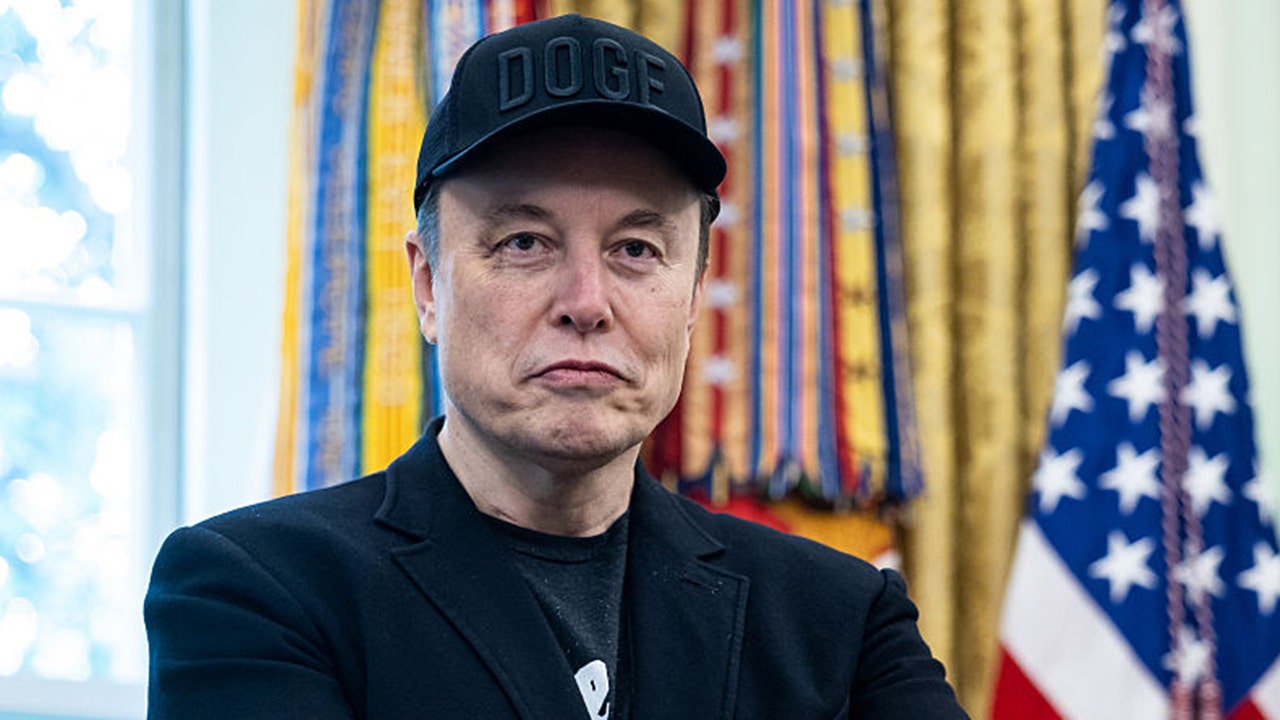New Orleans, Las Vegas suspects latest in long line of military radicals

A pair of suspected terrorist attacks on New Year’s Day were allegedly carried out by former U.S. service members, sparking concerns about how individuals with access to sensitive intelligence and advanced weaponry can become radicalized. The incidents involved former Army staff sergeant Shamsud-Din Jabbar, who plowed into a crowd on Bourbon Street in New Orleans, killing 14, and active-duty Army Master Sgt. Matthew Livelsberger, who allegedly carried out a terror plot outside the Trump hotel in Las Vegas before dying in the explosion.
According to a study by the National Consortium for the Study of Terrorism and Responses to Terrorism, between 1990 and 2022, 170 individuals with U.S. military backgrounds were involved in plotting 144 mass-casualty terrorist attacks in the United States, accounting for 25% of all individuals who planned extremist crimes during this period. This raises questions about the effectiveness of current measures in identifying and preventing radicalization within the military.
The Department of Defense has yet to provide a response to inquiries about its strategies for identifying and addressing radicalization among service members. The recent attacks highlight the urgent need for a comprehensive approach to combatting extremism within the military ranks.
Looking back at past incidents involving military radical extremists, in 2009, former Army Major Nidal Hassan carried out a mass shooting at Fort Hood Army base in Texas, killing 13 people. Hassan, an Islamic extremist and former Army psychiatrist, had expressed anti-U.S. sentiments prior to the attack. Similarly, in 2021, Army soldier Cole James Bridges was arrested for plotting to blow up the 9/11 memorial in New York and provide assistance to ISIS.
In 2020, Army Private Ethan Melzer received a 45-year prison sentence for sharing sensitive military information with a neo-Nazi group in an attempt to orchestrate a mass-casualty attack on his Army unit. These cases underscore the dangers of radicalization within the military and the potential threat it poses to national security.
The incidents involving former service members like Frazier Glenn Miller, Zale Thompson, and Micah Xavier Johnson further highlight the persistent issue of military radical extremism. Miller, a White supremacist and Army veteran, carried out a deadly attack on Jewish centers in Kansas in 2014, while Thompson, a Navy veteran, injured police officers in a Salafi-jihadist-inspired attack in New York. Johnson, an Army reserve Afghanistan War veteran, killed five police officers in Dallas in 2016.
The alarming trend of military radical extremism is evident in cases like that of Andrew Lynam, Stephen T. Parshall, and William L. Loomis, who were arrested in Las Vegas in 2020 for conspiring to firebomb a U.S. Forest Service building and a power substation. These individuals, self-identified as Boogaloo Bois, sought to sow chaos during a protest following the killing of George Floyd.
In light of these incidents, it is crucial for authorities to address the issue of radicalization within the military and implement effective measures to prevent future attacks. The safety and security of the nation depend on the ability to identify and address extremism within all sectors of society, including the military.




